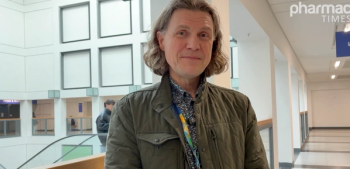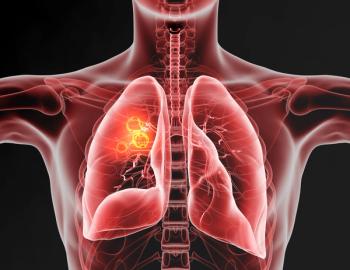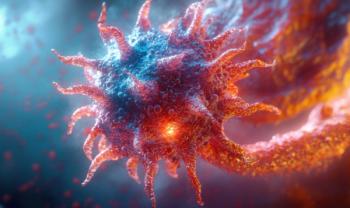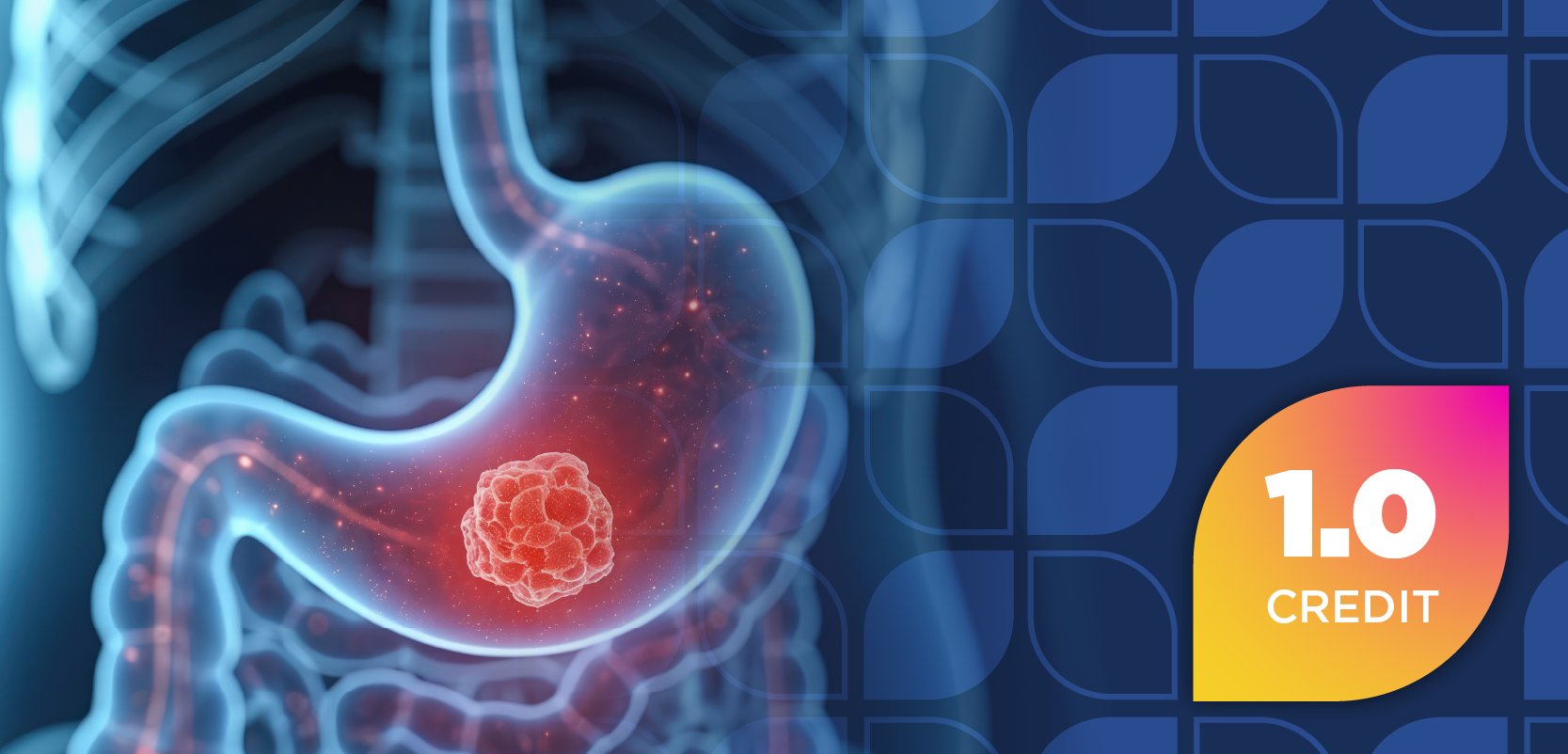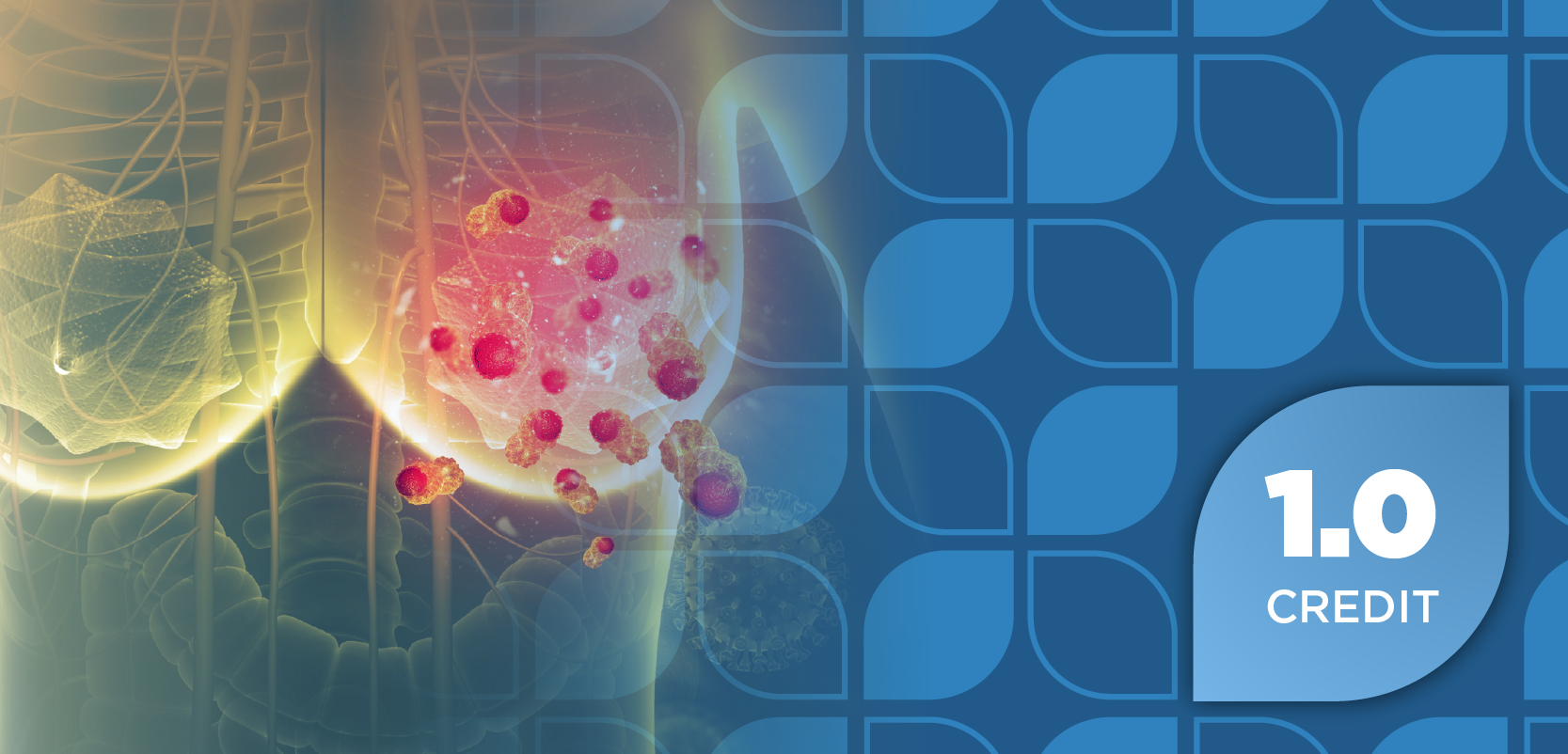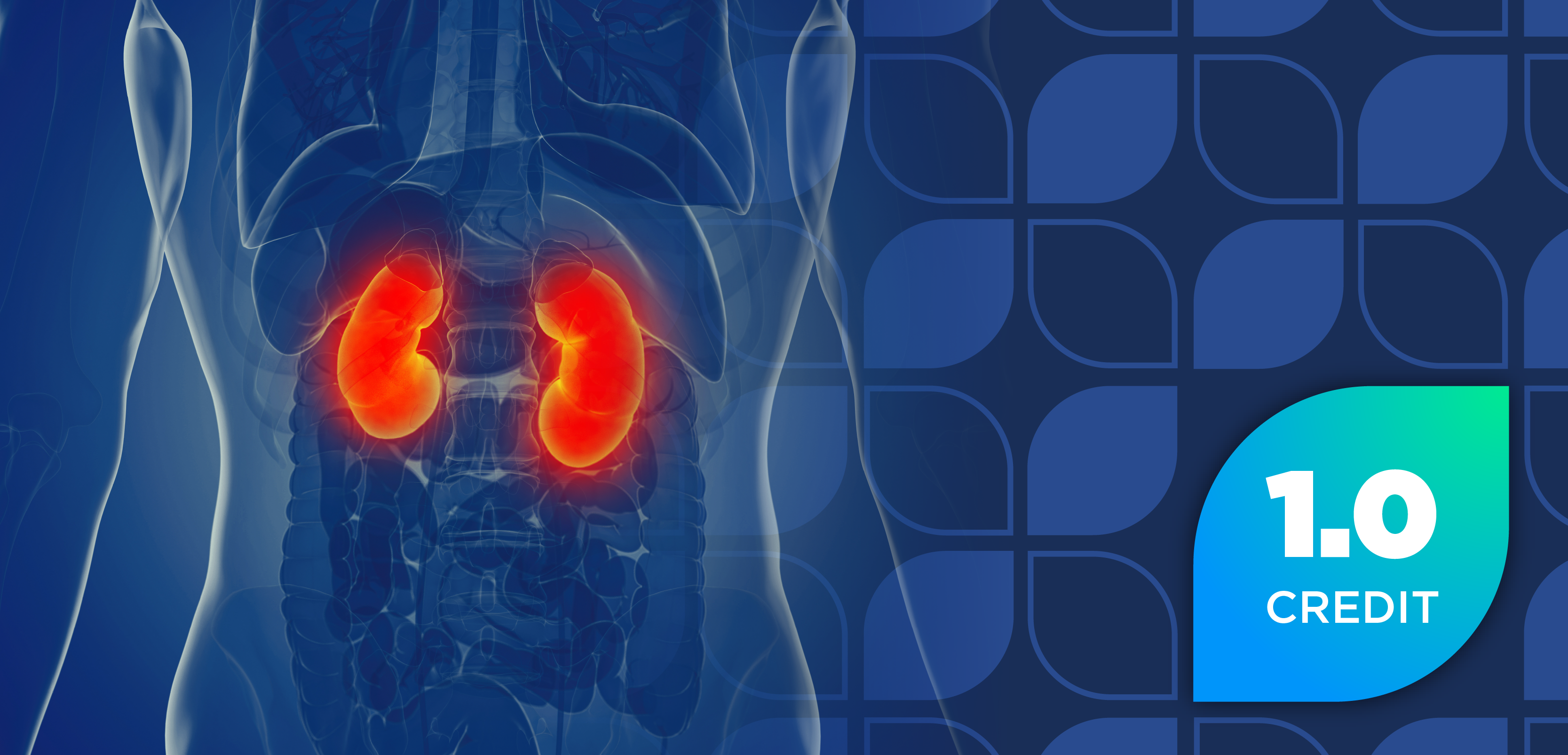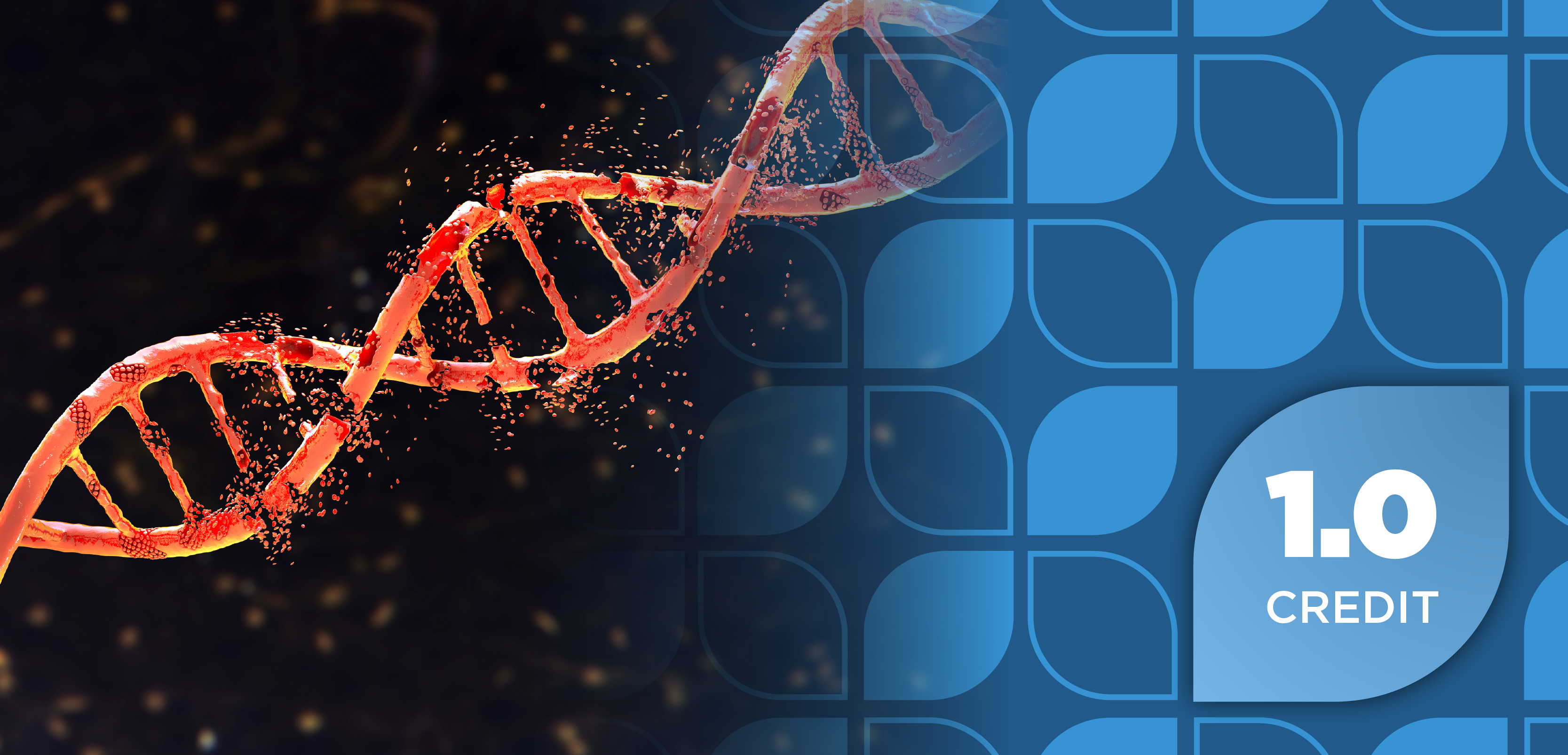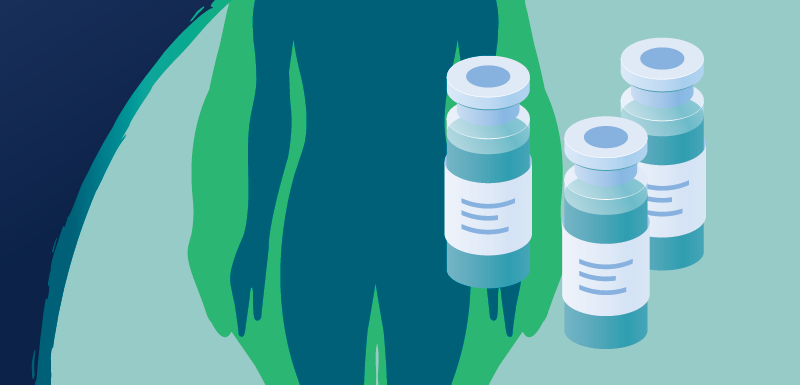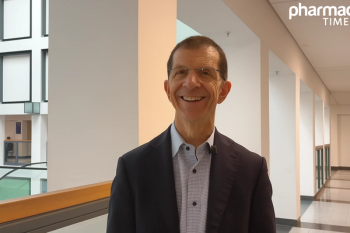
Breast Cancer Awareness Month: Practical Actions for Pharmacists This October
Key Takeaways
- Pharmacists are pivotal in implementing screening guidelines, reducing anxiety, and guiding patients through treatment and survivorship care.
- USPSTF recommends biennial mammography starting at age 40, potentially improving early detection in younger women.
Pharmacists play a vital role in Breast Cancer Awareness Month, enhancing screening access and patient support through education and community engagement.
October’s Breast Cancer Awareness Month is more than a sea of pink. It's also a time for the medical community to work together to eliminate unmet needs in screening, tackle inequalities, and promote the use of evidence-based treatments.
Pharmacists in the community and the health system play a key role in taking the guidelines to the care setting; thus, they can help lift the limits on the screening and aid patients navigating complex treatment scenarios. The US Preventive Services Task Force (USPSTF) has altered its advice and currently recommends mammography screening every 2 years starting at the age of 40 years until 74 years, thus lowering the start age from 50 years and potentially allowing breast cancers to be identified in younger women earlier.1
Breast cancer is still the most frequently diagnosed cancer in females in the US and is the second leading cause of cancer death. It is also a leading cause of death from cancer in Hispanic and non-Hispanic Black women, which indicates inequalities in early detection and accessibility to top care.2
Pharmacists may leverage Breast Cancer Awareness Month to break the silence around breast health, challenge the common fear of pain and radiation from mammography, and provide an easy step-by-step guide on when and how to get a screening.1,2
Stocking and distributing simple, multilingual 1-pagers that summarize the USPSTF’s age/interval recommendations and what to expect during a mammogram can reduce anxiety and increase follow-through.
The American Cancer Society (ACS) estimates that approximately 1 in 8 women (13.1%) will be diagnosed with invasive breast cancer in their lifetime, with tens of thousands of new invasive cases expected each year.3 For many patients, the first touchpoint for questions about risk, screening intervals, dense breasts, and out-of-pocket costs is the local pharmacy. With brief risk conversations—“Do you have a parent, sibling, or child with breast or ovarian cancer?”; “Have you ever had prior chest radiation?”—pharmacists can flag patients who may qualify as higher risk and should discuss annual MRI plus mammography with their clinicians based on National Comprehensive Cancer Network (NCCN) guidance.4
Pharmacists can make a lasting impact during Breast Cancer Awareness Month significantly by providing guidance to patients during screening, treatment, and survivorship care. They can not only assist patients within the age bracket of 40 to 74 years in organizing a mammogram on a biennial basis, but also guide those patients with higher risk to an earlier or more intensive screening, along with explaining dense breast notifications. As a result, patients get assurance that mammography saves lives, and supplemental imaging is needed in a few cases.1,4
During treatment, pharmacists can help patients on endocrine therapies stay the course by managing adverse effects. They can also monitor patients on CDK4/6 inhibitors and give advice on safety issues in the use of HER2-targeted or antibody–drug conjugate regimens. Moreover, a pharmacovigilance point such as a flu or COVID-19 vaccination may permit a pharmacist to verify the status of the screening or counsel survivors on common issues like bone health, lymphedema, and mental well-being. Such multisectoral measures transform the month of awareness into sustained patient care year-round.4
Awareness campaigns are most potent when they are practical and culturally relevant. The World Health Organization's message for Breast Cancer Awareness Month focuses on the change of behavior leading to early detection and fair access to care. Pharmacists can accomplish these objectives by providing more convenient hours for consultation, collaborating with local organizations for free screening days, and making sure that educational materials are representative of the communities served.5
Skills training for disease education along with patient navigation: QR codes linking to local scheduling portals, checklists that briefly explain what to bring to a mammogram, and reminder cards for lab draws or toxicity checks. Small operational adjustments—putting screening prompts on bag stuffers, training technicians to identify eligible patients, and using “screening referrals given” as a quality metric—are the tools that convert the awareness into impact that can be measured.
REFERENCES
U.S. Preventive Services Task Force. Breast cancer: Screening. U.S. Preventive Services Task Force. Published April 30, 2024.
https://www.uspreventiveservicestaskforce.org/uspstf/recommendation/breast-cancer-screening CDC. Breast Cancer Statistics. Breast Cancer. Published June 10, 2025.
https://www.cdc.gov/breast-cancer/statistics/index.html ACS. Breast Cancer Facts & Figures. Accessed October 1, 2025. chrome-extension://efaidnbmnnnibpcajpcglclefindmkaj/https://www.cancer.org/content/dam/cancer-org/research/cancer-facts-and-statistics/breast-cancer-facts-and-figures/2024/breast-cancer-facts-and-figures-2024.pdf
NCCN. Breast Cancer Screening and Diagnosis. Accessed October 1, 2025. chrome-extension://efaidnbmnnnibpcajpcglclefindmkaj/https://www.nccn.org/patients/guidelines/content/PDF/breastcancerscreening-patient.pdf
Breast Cancer Awareness Month 2025. Who.int. Published 2025.
https://www.who.int/news-room/events/detail/2025/10/01/default-calendar/breast-cancer-awareness-month-2025
Newsletter
Stay informed on drug updates, treatment guidelines, and pharmacy practice trends—subscribe to Pharmacy Times for weekly clinical insights.

